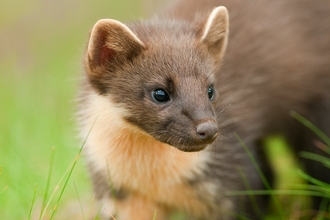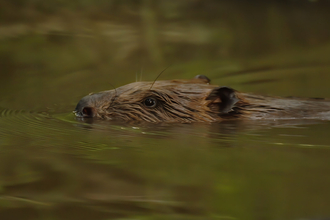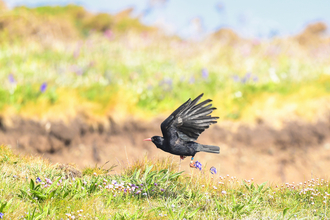Species Reintroductions & Rewilding
Beaver swimming with its head just above the water © Russell Savory
What are species reintroductions?
Species reintroductions involve returning missing native species to their original habitat.
Sometimes flagship species are reintroduced as a result of, or in order to promote, nature restoration. For example, we are reintroducing chough as a flagship species to encourage the continued restoration of chalk grassland.
Other times, key species are reintroduced in order to restore certain ecological processes as part of “rewilding” efforts.
What is rewilding?
Rewilding (at Kent Wildlife Trust we prefer to call it wilding) involves restoring natural ecological processes to a landscape. The aim of rewilding is to hand the reins back to nature so that our environment becomes self-sufficient, abundant and climate-resilient.
Sometimes, the most effective way to restore these processes is to return missing species to their original habitat - this is where species reintroductions come in.
For example, beavers have now returned to much of the UK. They build dams and dig canals (preventing soil erosion and nutrient loss, improving water quality and reducing flood risk), as well as re-wetting former fens and bogs and creating deadwood (providing a habitat for key species).
Below you can see a dam created by beavers living on our Ham Fen nature reserve.
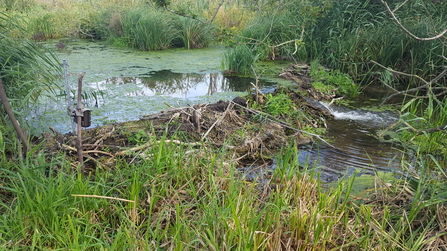
Beaver dam at Ham Fen
Why are species reintroductions so important?
The natural habitats that surround us, and the species thriving within them, are the result of evolution that has taken place over millennia. Each species fills an ecological niche; they have unique traits that enable specific natural processes to take place.
Ever since humans began to domesticate species (such as pigs and cows), they were corralled onto grass, away from their original habitat, so they could grow quickly. Other species were hunted to extinction like elk, bison and beaver. This left gaps in the ecosystem; key species were no longer filling their niche.
By reintroducing native species to our landscape, we are restoring crucial ecological processes, rebuilding our environment and reversing the harm we have done to wildlife. This in turn makes our landscapes more resilient to climate change and provides people wth an exciting new experience of nature.
Support this crucial work and help us return missing species
Species reintroductions with Kent Wildlife Trust
At Kent Wildlife Trust, we aim to tackle the climate and nature crises in tandem. After all, restoring biodiversity directly increases our society's resilience to climate change.
Our Wilder Grazing Strategy focuses on returning the activities of wild mega-herbivores to our land management work. This is because their behaviours include dunging, seed dispersal, bark stripping and scrub removal which have benefits for biodiversity.
Kent Wildlife Trust’s Wilder Grazing strategy utilises mixes of old breeds of grazing, browsing and rootling animals across all habitats to mimic lost wild grazing assemblages and restore natural processes in a way that cannot be achieved by human management alone.
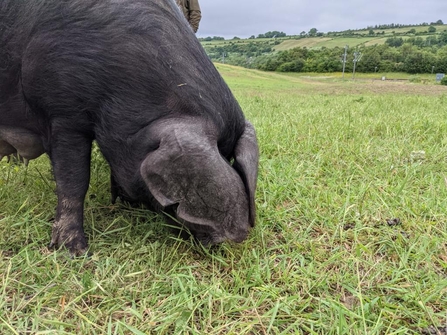
Case study: Pigs at Nashenden Down
Many plants, insects and birds rely on disturbed ground to survive. In fact, farmers are often encouraged to use tractors to create suitable habitat for species such as corncockles, predatory spiders or turtle doves.
Pigs are able to do this job for us. In fact, it is natural for them to do so. Pigs eat the roots of aggressive plants so rare species can grow and their rootling activity creates patches at different stages of regrowth which extends the nectar season - fantastic for biodiversity.
Our species reintroduction projects
We have embarked on many species reintroduction projects and will continue to do so in the coming decades. Currently, our species reintroduction projects include pine marten, beaver and red-billed chough. Find out more below:
